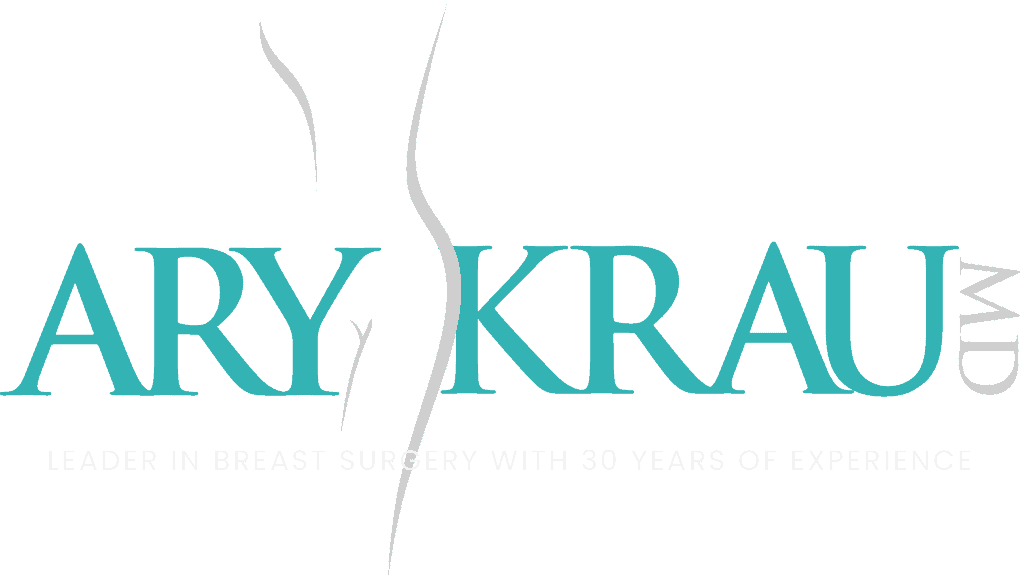Rhinoplasty is widely acknowledged as one of the most complex plastic surgery procedures, and therefore requires the skill of a recognized expert. Specific ethnic characteristics (e.g., thick skin, weak cartilage) can add to the complexity of the rhinoplasty procedure and introduce the possibility of complications. Ideally, ethnic rhinoplasty cases should be left to rhinoplasty authorities, such as leading Miami plastic surgeon Dr. Ary Krau. Dr. Krau has demonstrated talent in rhinoplasty and is well known for his personalized approach to all plastic surgery procedures. He considers every patient on an individual basis, determining what will best serve the patient and produce the desired outcomes.
Patients of all ethnicities, including African Americans, seek Dr. Krau’s rhinoplasty expertise. Even in the most challenging African American rhinoplasty cases, Dr. Krau is able to address cosmetic and functional concerns of the nose and deliver beautiful and natural looking results. His track record is one of consistent excellence.
Here, Dr. Krau will delve deeper into the complexities presented by African American rhinoplasty cases. For context, he will also share some of the classic nasal characteristics he has repeatedly observed in his African American plastic surgery patients.
Common Aesthetic Concerns in the African American Nose
Dr. Krau recognizes that every individual has unique nasal characteristics (as well as a specific cosmetic ideal). His strength is in identifying the problematic features that bother the patient, and designing a plan of treatment to address those.
Several characteristics are commonly associated with the typical African American nose, and are often mentioned in rhinoplasty consultations.
These include:
- Low nasal bridge/wide nasal base (the lower the bridge, the wider the nose will look from the front)
- Short nasal bones
- Broad or bulbous nasal tip
- Excessively wide/flared nostrils
Challenges in African American Rhinoplasty Cases
Thick nasal skin. The thickness of African American skin makes it more prone to scarring. Whenever possible, Dr. Krau will use closed rhinoplasty techniques (i.e., limiting the incisions to inside the nostrils) to avoid external scarring.
Thin, weak cartilage. Because the cartilage is delicate, it doesn’t provide the support needed for adequate projection of the tip. Coupled with the thick skin, weak cartilage can cause the nasal tip to look undefined or flat. One solution is to use a cartilage graft from the patient’s septum to reshape the tip of the nose and add subtle definition and projection.
Avoiding overcorrection. Overcorrecting an African American nose (or adjusting it to meet Caucasian standards) can drastically throw the facial features out of proportion. For example, narrowing a wide nasal bridge too much could appear unnatural on an African American. Dr. Krau prefers to take a conservative approach for subtle, yet effective modifications. In rhinoplasty cases, “less is more.”
Maintaining ethnic identity. African American rhinoplasty patients do not want to erase the characteristics that contribute to their ethnic identity. Instead, they simply want to look like a better version of themselves (i.e., as if they were born that way). Dr. Krau appreciates African American beauty, and he takes care to preserve his patients’ unique attractiveness.
Learn More about African American Rhinoplasty
For more information about African American rhinoplasty, ethnic rhinoplasty or plastic surgery in general, please schedule a consultation with Dr. Ary Krau today. Call (305) 861-6881 to request an appointment with the doctor.








